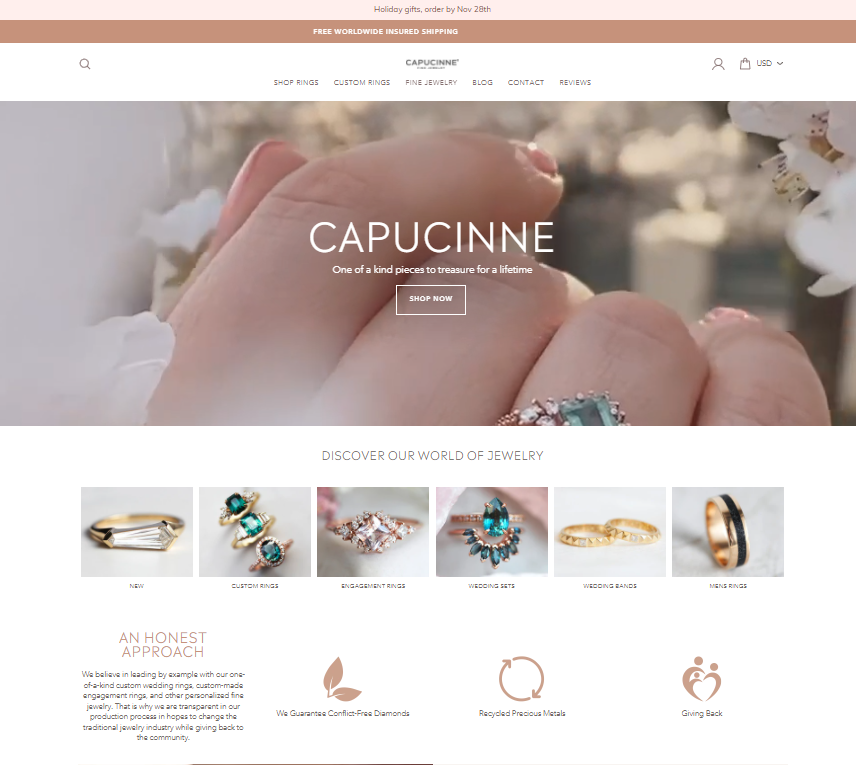Table of Contents
Target Audience. Who Will View Your Content?
Tone. How Do You Want Your Content to Sound?
Mission and Vision. What is Your Purpose?
What Social Media Platforms Will You Use?
Review and Analyze Your Insights
We live in a world where everyone is connected to some form of technology at all times. Having constant access to the internet can be great if used correctly, especially for ecommerce brands. However, it can also hurt your business if your content lacks purpose or fails to resonate with your target audience.
Coming up with a solid plan about the type of content you want to create is an important step. When you have a content branding plan, it helps organize and streamline your content production process and can promote business growth. It also facilitates the creation of high-quality content that is tailored to show your strengths and connect with people. Building relationships is important, because people are more likely to buy from a brand they feel connected to.
These are the things you should think about when setting up your content branding strategy.
Target Audience: Who Will View Your Content?
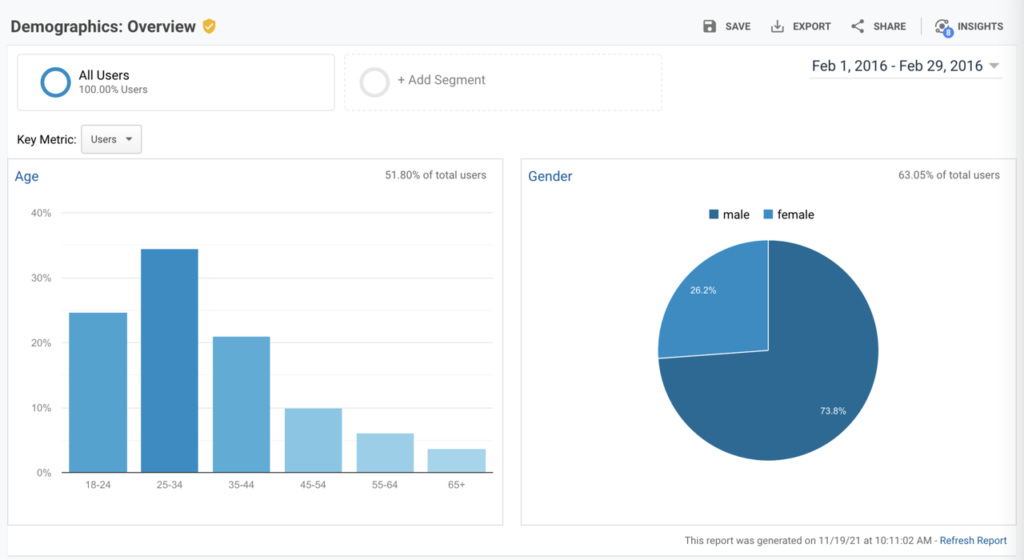
The most important step when creating a content marketing and branding strategy is to determine the target audience for the product you’re trying to sell. The more detailed and specific, the better.
Start by figuring out demographics, which include age, gender, occupation, education, and more. It can help to create personas to more deeply understand your target group(s). There are many templates online, such as Xtensio, that you can use as you go through this process.
After you have considered demographics, you can then examine geographic location and psychographics, which are attitudes and other psychological factors that may affect the way your audience engages with products online.
Once you have figured out everything there is to know about your target audience, you can begin planning how your content branding will align with that audience. You should keep the personas you created in mind whenever making a decision about content. If it doesn’t resonate with your audience, then people aren’t going to buy your products, which ends up wasting time and money. In fact, 80% of people said they are more likely to buy from brands that created a personalized experience.
The great thing is your audience doesn’t have to be a passive consumer. Going right to the source can sometimes give you the best information, so ask your audience what they would like to see from you!
Tone: How Do You Want Your Content to Sound?
Figuring out what tone you want your content to have is super important to content branding. There are a lot of different tones that companies can take, from enthusiastic and cheerful to serious and straightforward. Knowing your audience is essential to decide what tone your content marketing branding should have. If you hit the wrong tone with your audience, you won’t have any luck selling your products. Fortunately, tone typically comes naturally with your company or product.
Once you have defined your brand tone, you have to make sure that tone stays consistent across all content you produce. That means blogs, social media, and any other written content should sound similar. Your audience wants to know what to expect whenever they see information from your company. Being able to rely on a consistent tone makes it easier for people to trust you. Building trust through open and honest communication that matches their preferences is a big part of content branding.
Being purposeful in the words you use can make all the difference when it comes to branding.
Mission and Vision: What is Your Purpose?
Having a strong mission and vision statement gives your brand purpose. It speaks to what you do and why. This is extremely important when trying to get people to buy into your brand and use your products. Most of the time the mission statement comes first. It is the reason for your company’s existence, what you do, and who you do it for. The vision is more a statement of what your company hopes to accomplish in the future and what value you want to bring to the world. Figuring out your mission and vision statements early on can help you when building the rest of your content branding strategy.
Mission and vision statements also give your audience a clear understanding of your company and what they can expect to see from it. Many people feel more connected to a brand when its values align with their own. Corporate social responsibility is a huge selling point for many companies, and knowing the positive impact you want your brand to have in the world can make a big difference when looking to attract new customers. A study by Forrester found that 51% of Gen Z makes sure corporate social responsibility aligns with their own before making a purchase.
Another way mission and vision statements can help with content branding is knowing what partnerships or other opportunities are a good match for your company. Being aware of your purpose and how you want to improve the world gives you more possibilities of getting in touch with organizations or people who share the same vision.

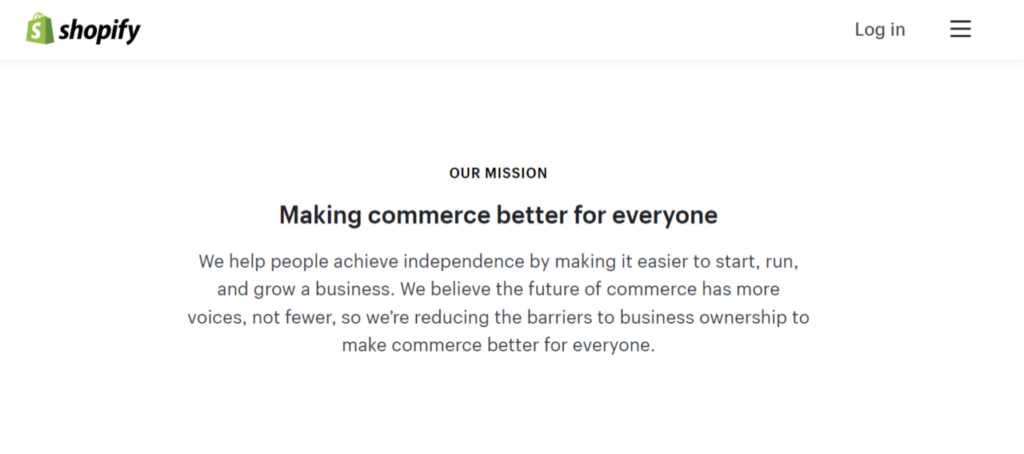
Story
Everyone loves a good story, and it’s no different in marketing and content branding. Having a good story makes your brand more cohesive, easy to understand, and 22 times more memorable.
Everything you do as a brand should play into your brand story. Why do you choose the colors and graphics that you do? The logo? The text? What are your blog posts about? What are you teaching people? What knowledge do you have that is beneficial to people? What should people know? All of it should have a reason and should be thought about before every piece of content you are making.
Creating an emotional connection with your audience also allows them to feel like there is something in common between them and your company. Psychologically, we are wired to be more invested in things and people that are similar to us. The principle behind this is called the principle of liking and is one of six principles of persuasion. Tapping into this instinct can be used to your advantage with content marketing branding. Good stories usually have a message behind them, which is something you can also include in your content branding.
Another way to connect with your audience is to make them feel like they aren’t just a consumer but part of your company family. By making someone feel like you are adding value to their life, they will feel like they owe you something in return. Usually, this results in loyalty to your brand and a higher likelihood of purchasing your products for years to come.
What Social Media Platforms Will You Use?
Different social media platforms do different things. Instagram is good for high-quality photos, while TikTok is good for more casual short videos. Knowing which platform your audience is on and what content they will connect with is an important aspect of your content branding strategy. Once again, knowing demographics about your audience will lead you in the right direction. If your audience is younger, you may use Instagram or even TikTok, whereas if your audience is older, you’ll likely use Facebook. Your industry may also be a factor when deciding which platforms to use in your content marketing branding.

Content branding is especially important when it comes to social media, since it will probably be the place where content is being posted most often. Finding out how often to post is based on your audience’s preferences, but many people feel more connected to brands that have a strong social media presence. Social media is a great place for consumers to go when they need help or have a question about your products or services. Since these platforms are the first place many people go to look now, having good content marketing branding can help them find what they’re looking for. If not, then having good customer service through these platforms is also a good way to use social media and connect with customers on a more intimate level.
If you’re not sure which platform might be best, you can look to competitors to see where and what they are posting. Getting an idea of what they are doing can help you create your content so it’s different and stands out. You could also fill information gaps by adding information that was omitted elsewhere.
Create a Schedule
Trying to create content without a plan is setting yourself up for failure. For your brand to grow, you should be planning blog posts and other content in advance. This gives you time to create quality content and ensure consistent brand tone.
Creating a schedule may sound daunting, but there are many tools out there to help. Many of these tools not only give you a calendar to write post ideas in advance but also allow you to input your content, then schedule it to be published at a later date and time. Having a schedule helps you stay organized and gives you peace of mind knowing that the content you’re creating is going out on time. Being able to break down exactly how much time each task will need can help prioritize and complete tasks more quickly. It also gives you time to fix any mistakes that may be made during the creation process.
Being active on social media also helps your brand be noticed by more people. Finding the best day and time to post, then scheduling important announcements for those times can help with content branding.
Think Outside the Box
For people to find and remember your brand, you need to stand out. Innovation and creativity are a big part of making content that is unique and that people haven’t seen before. There are so many companies out there doing the same things to try and get people interested. Thinking outside the box can help you when creating a content branding strategy and in turn, can help your brand grow.
While it may feel challenging to come up with ideas that haven’t been done before, there are several ways to stand out. A few are:
- Create an ongoing series on your social media channels
- Host a challenge for your followers to participate in
- Make a how-to for a process that you’re an expert about
- Go live
- Do behind-the-scenes content
It doesn’t have to just be social media either. You can create blog posts, videos, email marketing, or other types of content that are also engaging and different.
Keywords and SEO
What are keywords? They are words that people type into a search engine to find information that is relevant to their search. Since 68% of searches begin in a search engine, choosing the right keywords in your content and using them correctly can give you the boost you need.
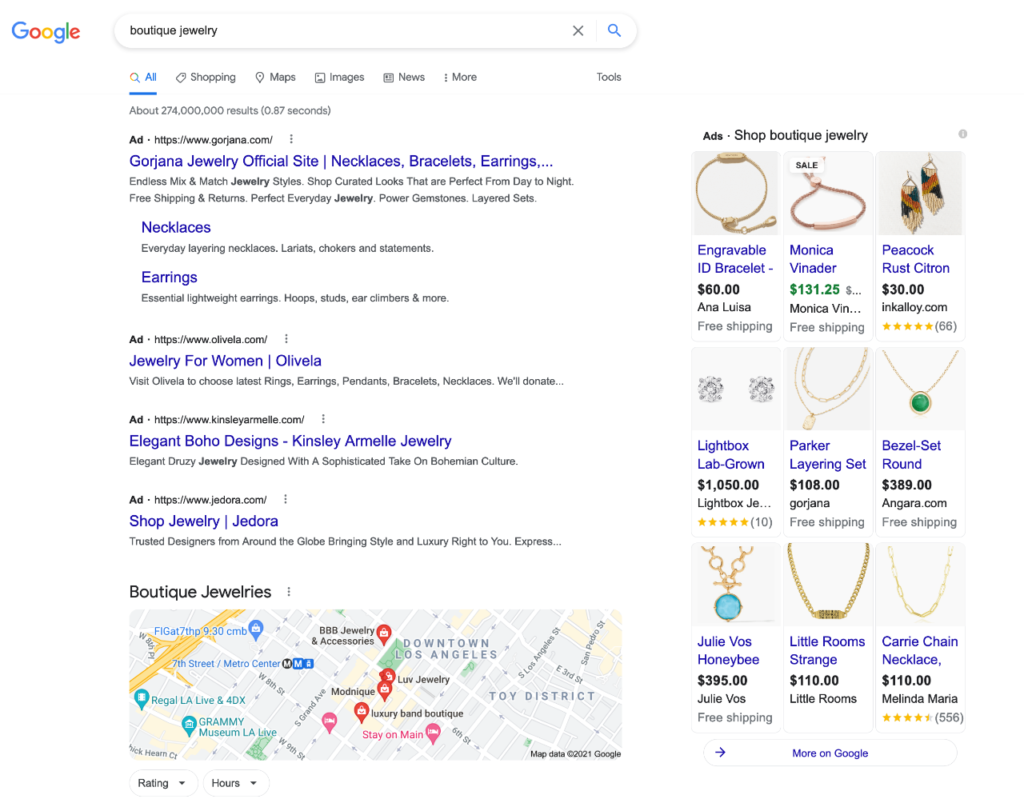
Keywords in social media are just as important now as keywords in blog posts and websites. Social media algorithms will scan captions for words so they can suggest your post to other people who may be interested in the same things. This can work well for content branding when used correctly and in line with the audience that you are trying to target. One way that many users incorporate keywords into social media posts is through hashtags.
Not only is social media a good place to use keywords and hashtags to make it easier for people to find your content if it’s relevant, but it is also a good place to do keyword research. By looking up popular topics or even how many posts are listed under a hashtag you plan to use, you can get a better sense of the way people may be searching for products similar to yours. It is important to find the most popular keywords or hashtags being used as part of your content branding strategy.
Adding keywords to your username and bio can also help your brand be found by new customers who are looking for specific products.
Review and Analyze Your Insights
Insights on your content after you post can show exactly how much engagement, impressions, and conversions your website is generating. This can help with content branding because analyzing these insights in-depth can provide you with valuable information that can help you adjust your content branding strategy in the future.
Of course, it can show you if something worked well so you can continue to post similar content more often. It can also help you see what went wrong, if anything, and ways you may be able to fix the content marketing branding in the future to be more aligned with your brand and your audience.
Insights also break down your audience by gender and by location so you can get an even better sense of who is following you and what they’re looking for. These can help you refine your target audience since demographics are the most important aspect of your customers.
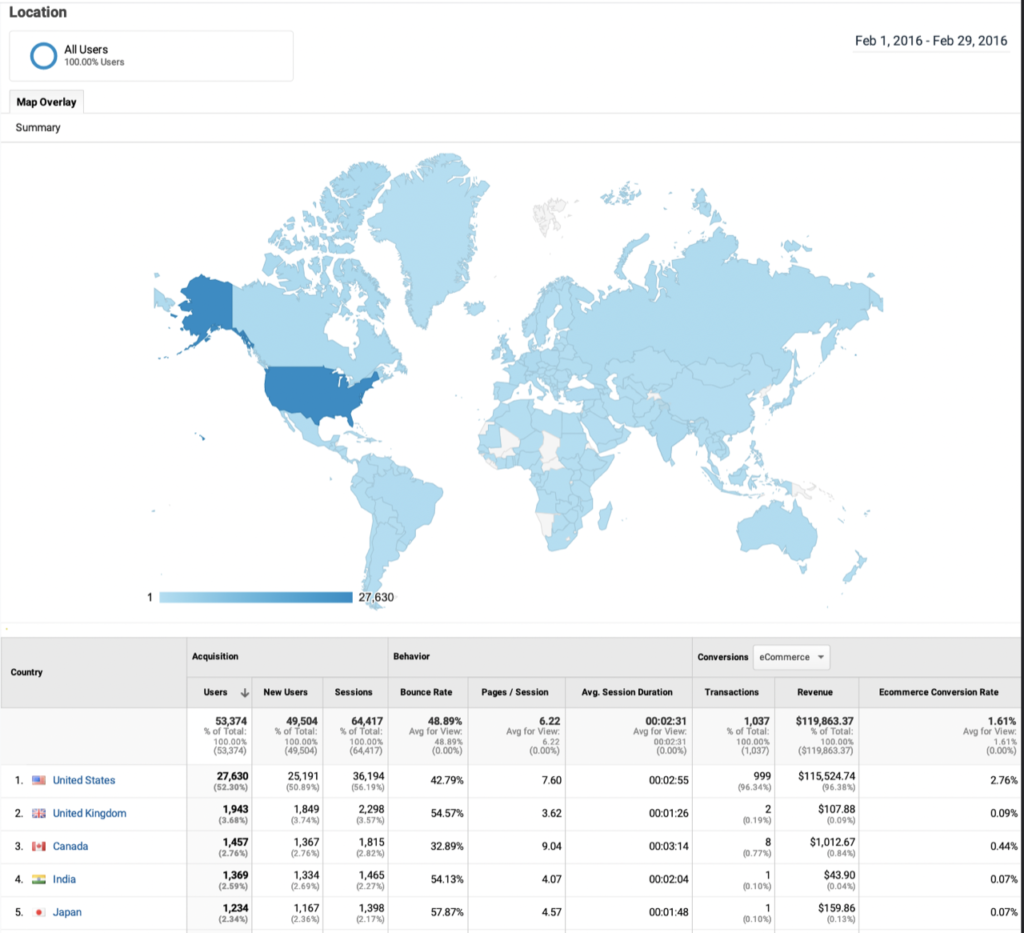
Conclusion
Hopefully, all these tips can help you create amazing content branding for your business. Feeling overwhelmed or not sure where to begin? You might benefit from hiring a digital marketing agency to help you. Use the list created by our experts at BESTSEO to find the company that’s right for you and your content marketing and branding needs.

